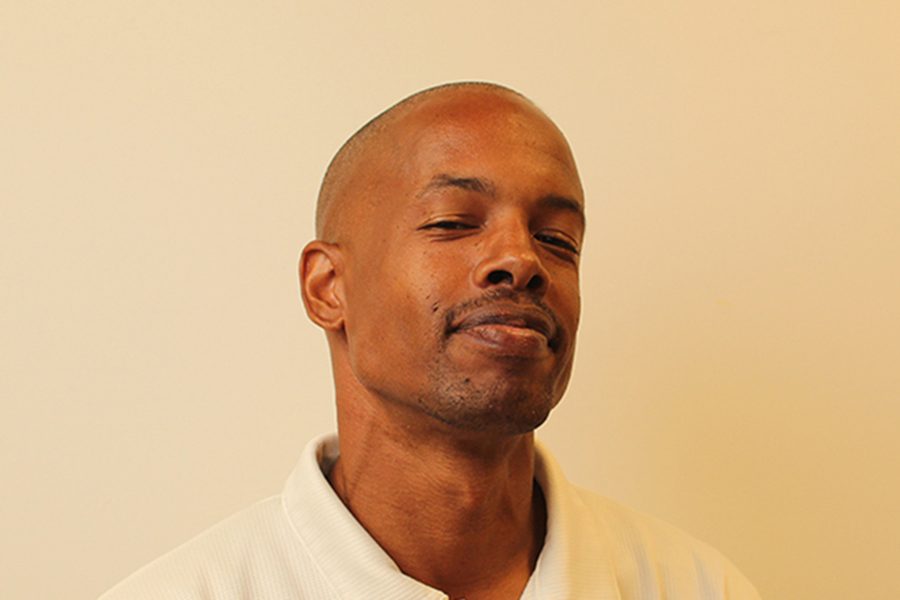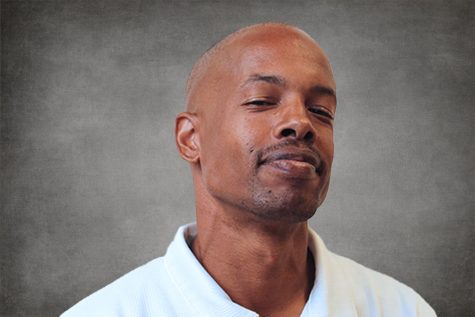Protests should burst onto suburban streets
It seemed to intentionally mock people who lost blood and freedom fighting against the grip of oppression.
Dec 7, 2016
This week, hundreds of veterans and civilians are planning to make the trek from all corners of America to join Native Americans protesting the Dakota Access Pipeline in South Dakota after police and private security unleashed an offensive onslaught in their direction over the Thanksgiving holiday.
In freezing weather, activists stood their ground on a bridge near Standing Rock while police and private security peppered the protesters with rubber bullets and simultaneously doused them with high pressure water cannons.
The scene, captured on video by victims of the attack, was eerily reminiscent of the iconic images from the Edmund Pettus Bridge, where nonviolent protesters were viciously bludgeoned by citizens and police in front of a national television audience.
The event, better known as “Bloody Sunday,” saw battered civil rights marchers in Selma, Alabama define the American idea of what peaceful protest is supposed to look like.
That sentiment of standing in solidarity while remaining nonviolent has sometimes become a larger talking point than the injustices people protest against.
As #NODAPL protesters endure waves of attacks reminiscent of those seen in 1965 era Selma, media outlets continue to focus on more innocuous protests that make a mockery of what it means to peacefully protest in America.
To protest the election of Donald Trump, many liberals donned solidarity safety pins and joined hands — particularly in safe spaces.
Events like Hands Across Lake Merritt were supposed to signify a show of support for all of the people that Trump railed against.
These rallies, praised for their nonviolent participants, drew all of the media attention. It seemed to intentionally mock people who lost blood and freedom fighting against the grip of oppression in places like Standing Rock or Selma.
These liberals pat themselves on the back for remaining nonviolent when they congregate in places where the threat level hovers somewhere near zero.
Marching to oppose a Trump presidency in Oakland or San Francisco is pointless. These junior activists’ time would be better served marching with their brethren in California’s District 10 in the Central Valley.
Manteca, Modesto and Tracy would all be viable options as cities to protest in after proving to be one of the reddest voting pockets in the state.
More recently, remaining nonviolent in the face of people who oppose what you stand for has returned to public view.
Last year, protests in Ferguson, Missouri and Baltimore, Maryland saw nonviolent marches devolve into demonstrations of police might.
Tear gas bellowed through working class neighborhoods. Armored vehicles blared orders for people to return to their houses.
These were their neighborhoods. They were already home.
When Dakota Access Pipeline construction crews dredged a swath of land that was designated as sacred, they weren’t labeled as violent. They desecrated land given to the Dakota people through one of many bad faith treaties, agreements that America consistently breaks.
In the face of dogs, bullets and the sacrilege of having their burial sites violated, they remained nonviolent.
Some day, a large contingent of suburban soccer moms will travel to Standing Rock, lay a flower at the base of the pipeline to stand united with the people who died in the struggle to protect water.
Robert Clinton is the opinion editor for The Advocate. Contact him at RClinton3 on Twitter



